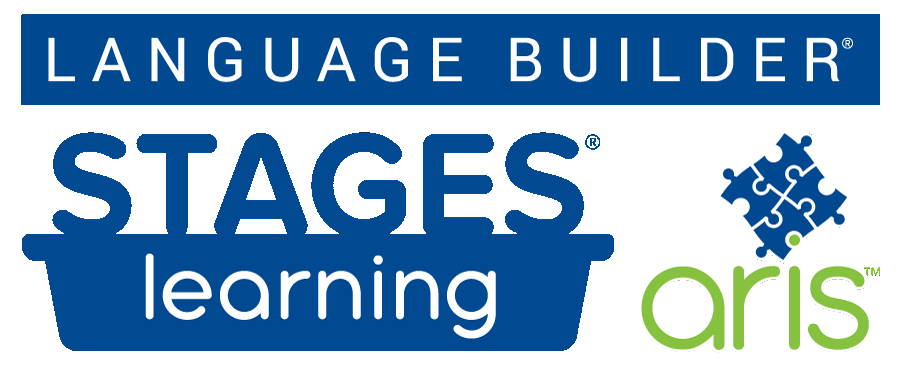
Two Board Certified Behavior Analysts (BCBAs) explain Applied Behavior Analysis (ABA) and how to determine the level of support needed to ensure success for each autistic child.
ABA is a common practice used with Level 1 autistic individuals. The practice of ABA mainly focuses on the principles of behavior and uses such to create an environment filled with consistency, predictability, and sensory intervention. I had the opportunity to sit down with Eleanor Brown and Jaime Povinelli, both BCBAs, in Boston, Massachusetts. They enlightened me about ABA specifics, how they determine what level of ABA support is necessary, where ABA is found, as well as what needs to happen to increase access to ABA services.

Eleanor (E), and Jaime (J)
D: How would you describe ABA for someone unfamiliar with the term?
J: Simply put, ABA is a treatment based on the principles of behavior.
E: Yeah, it can be applied to a lot of different areas, but mainly, it’s how you increase prosocial positive behaviors and decrease maladaptive ones, all while using the principles of behavior.
D: What framework supports ABA and how is it used in your day-to-day?
E: We look a lot at how reinforcement and punishment work and how you use those in the context of how behaviors function. We look at everything, not just how you can get people to do things, but also how the staff interacts with one another and what your behaviors are in response to someone else’s.
The goal of reinforcement is to increase desired behavior and the goal of punishment is to decrease undesired behavior.
J: Right, like why am I nodding my head right now in response to your question, why do I wake up to an alarm in the morning, why do I stop at a red light? It’s all behavior.
Behavioral therapy is often coined by the “ABC Model,” which breaks situations down into antecedent, behavior, and consequence. The antecedent is what happened to cause the behavior. The behavior occurs and is followed by a consequence. The word “consequence” can automatically be associated with negativity; however, a consequence is simply the outcome of a behavior. Behavior analysts can dive deeper into this model by identifying if the behavior and consequence adhere to the expectations set.
 If not, behavior analysts work to identify alternate behaviors students can use to learn the skills necessary to achieve the desired behavior. For example, a student is prompted to start their math quiz (antecedent). They draw on their desk, break their pencil, and throw the pencil across the room (behavior). They are asked to leave the room to take a time out (consequence). In this case, the student is avoiding their math task by engaging in property destruction and somewhat aggressive behavior. They can escape the task, even if it is in the form of a time-out.
If not, behavior analysts work to identify alternate behaviors students can use to learn the skills necessary to achieve the desired behavior. For example, a student is prompted to start their math quiz (antecedent). They draw on their desk, break their pencil, and throw the pencil across the room (behavior). They are asked to leave the room to take a time out (consequence). In this case, the student is avoiding their math task by engaging in property destruction and somewhat aggressive behavior. They can escape the task, even if it is in the form of a time-out.
A behavior analyst would examine this situation and identify alternate behaviors the student can engage in to temporarily escape the task. Examples in this case would include asking to take a break or use a strategy. Depending on the situation, behavior analysts determine students’ tolerance of academic and social expectations and produce plans that are more individualized if necessary. Starting with baseline interventions, such as previewing expectations, offering breaks, or providing sensory products to regulate individuals fosters a successful environment for Level 1 autistic individuals. If these practices are not working, or are only working some of the time, ABA can shift to be more individualized if needed.
D: Especially when we think of Level 1 autism, we know that those individuals will benefit from structure, consistency, previewing, sensory needs, etc. Can you give examples of ABA in action for them?
J: At the school we work at, everything is based on ABA. The kids receive consistent structure, teachers preview schedules and academic expectations, there is counselor support and sensory strategies, and there are other sensory aspects that meet our kids’ needs, such as Occupational Therapy (OT). All of this is rooted in ABA. But ABA can get nitty gritty depending on the setting. In schools, you can have individualized behavior plans. So whatever structure is not working already, you individualize it to that student. You can talk about Functional Behavior Analysis (FBA), which examines more closely what causes the behavior. This lets us individualize treatment.
E: These services will vary between home and school or with consideration to what a school already does as a whole for students. In some therapeutic day schools, as Jaime said, ABA may be present, so those settings may look for students to present behaviorally first before diving into individualized plans. But oftentimes, classroom teams try different checklists or timers or positive reinforcement for that student before the BCBA jumps in. If behaviors of concern escalate, then we swoop in to evaluate, and an FBA can be requested by the family.
J: When you add BCBAs to the conversation, we can have the expertise to identify if a plan in place needs to be completely revamped or just tweaked a little bit. We can provide input about the schedules or frequency you should reinforce a child: Is it every time? Is it every other time they do what they need to do? Is it randomized? We also know when the appropriate time is to fade particular plans or interventions. Sometimes ABA protocols are removed prematurely, and sometimes they last a little too long. We also can look deeper at previewing, checklists, opt-in and opt-out plans, and earned rewards to ensure student buy-in and ensure they are effective.
E: The goal with ABA is to always provide general supports that work for a student, but BCBA caseloads involve students who need more individualized support. We want to allow individuals access to all elements of their environment that help them. But for a child with maladaptive behaviors, or someone who is not accessing peers, or struggling academically, we can use ABA to decrease the presented behaviors and increase positive ones instead.
J: You take a situation where a student needs more contrived reinforcement, which is used to shape and increase appropriate behaviors, so eventually we can remove that scaffold and they can access that behavior and reinforcement more naturally.

D: In what settings can you receive ABA services?
J: You can receive ABA services at home, with agencies that do in-home exclusively, or you can access clinic and outpatient models or community services.
E: Our background is primarily in schools, but the school we are at is independent and designed for those with several psychological diagnoses and is rooted in ABA. In a public school, students may be pulled out of class for ABA services.
J: Although ABA is a proven successful intervention for autistic individuals, it is a common approach for other diagnoses too. It’s used in hospitals to treat eating disorders, works with treating addiction, and can help with individuals with depression.
D: What obstacles limit children and families from obtaining ABA services?
J: It varies from state to state. In Massachusetts, families of low socioeconomic status have just recently been able to receive therapy services through certain health insurance plans. In more recent years, ABA has begun to be covered. Before that, the only access to ABA was at school. But really, it’s dependent on the state. Funding sources can also vary between locations of treatment as well.
E: A lot has to do with diagnosis also. If an autism diagnosis isn’t there, ABA services look for different diagnoses, like Attention Deficit Hyperactivity Disorder (ADHD).
J: Socioeconomic status plays a huge role. If you’re more affluent, chances are you have access to someone who can get you a diagnosis. You’d know for certain your child is autistic or has ADHD. But lower socioeconomic status limits your access, and in turn, can have a child placed somewhere that does not even address their immediate needs. You also need to have a pediatrician who’s aware of the signs of autism and who catches those developmental warning signs early so that you can intervene early. Early intervention is always best.
E: Within schools, parents need to be aware that the amount of money a district has determines what and how many services they receive. This requires parents to fight for particular services; sometimes ABA isn’t included in what can be funded.
Overall, ABA is an effective intervention for autistic individuals because it provides consistency and structure, and addresses sensory needs. The degree to which ABA can be used varies from person to person, depending on the behaviors presented. Decades of research indicate that at present it is the best tool we have in supporting autistic children.
For more reading on ABA Therapy, see:





